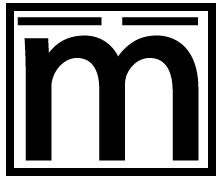Dash-ing All The Way
Published on September 6, 2012

My day job — as an English professor at an engineering college — gives me plenty of opportunities to comment on and correct the grammar of my students. I don’t often do the same kind of correcting for my faculty colleagues, however. Quite the contrary, they are by and large effective communicators, and they want to know they are following best practices for grammar, punctuation, and mechanics. Even so, there are times, like today, when I discover that one of my colleagues is misusing a punctuation mark, be it a semicolon or a dash, and I have to put my foot down. In this case, the mark was the dash.
The dash — peppered through student essays, websites, and Aaron Sorkin scripts — is a commonly misused mark. The dash, also referred to in some circles as the “em dash,” is intended to provide grammatical support much like a colon or parentheses, to indicate either a stop before a restatement or an interruption in thought. For instance, in the first sentence of this paragraph, I interrupted my thought about the dash and allowed my mind to wander through the places where I see lots of dashes used. In the case of Sorkin, it’s really a way for the writer to indicate the character’s flow of thought. And depending on your opinion of Sorkin’s writing, it works (or doesn’t).
Lately, I have seen too many dashes and way too few semicolons, colons, parentheses, or coordinating conjunctions. I say this not because there is a ceiling on how many dashes can be used in a piece of writing, but because the dash seems so weak in comparison to the others. It’s a little like using duct tape on everything that requires fixing. Sure, duct tape is great, comes in a variety of colors, even has its own websites, but you wouldn’t use it to reattach a severed limb.
For more dash-ing information, check out the Wikipedia article. There you will find out exactly why it’s called an “em dash.” Fascinating!

